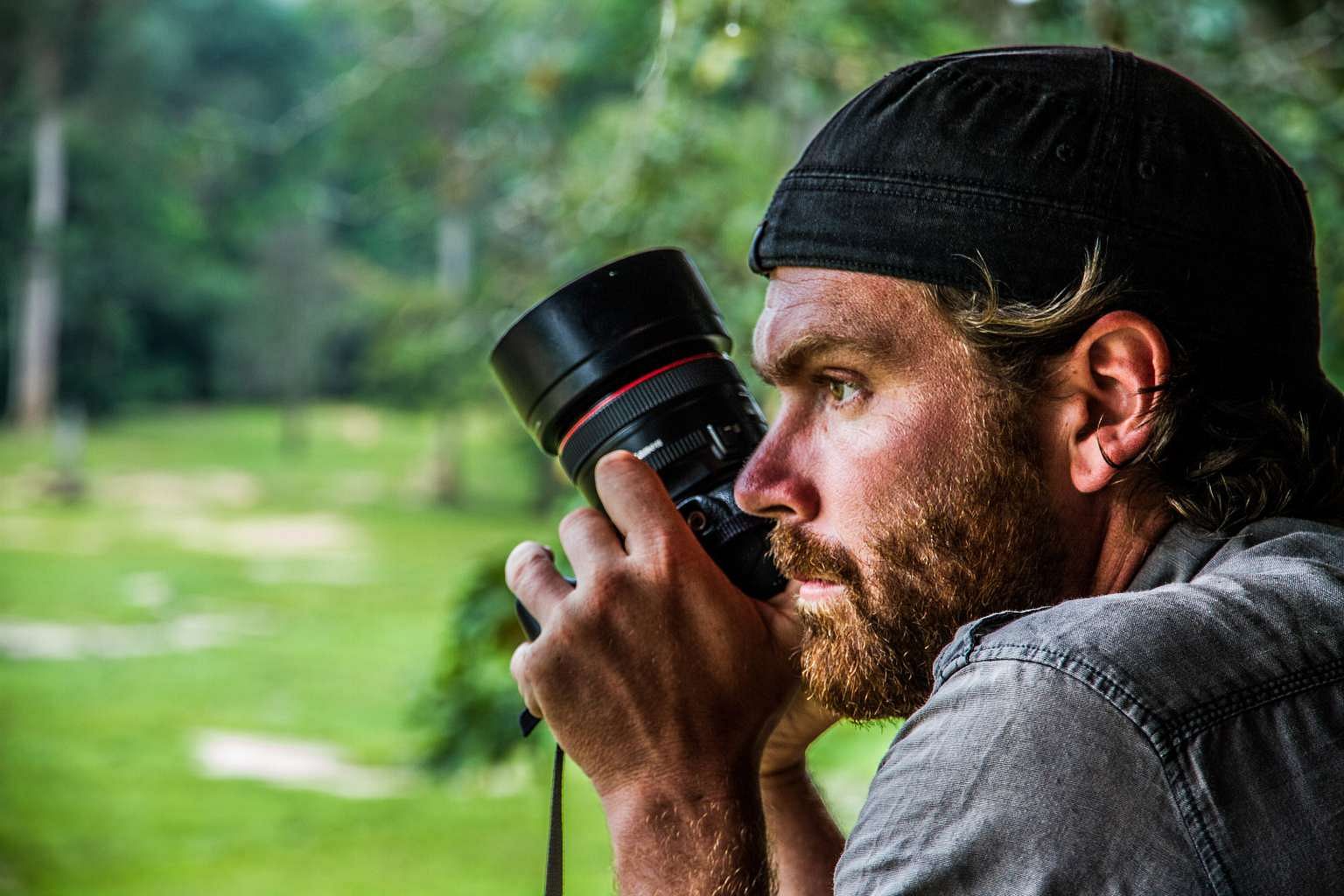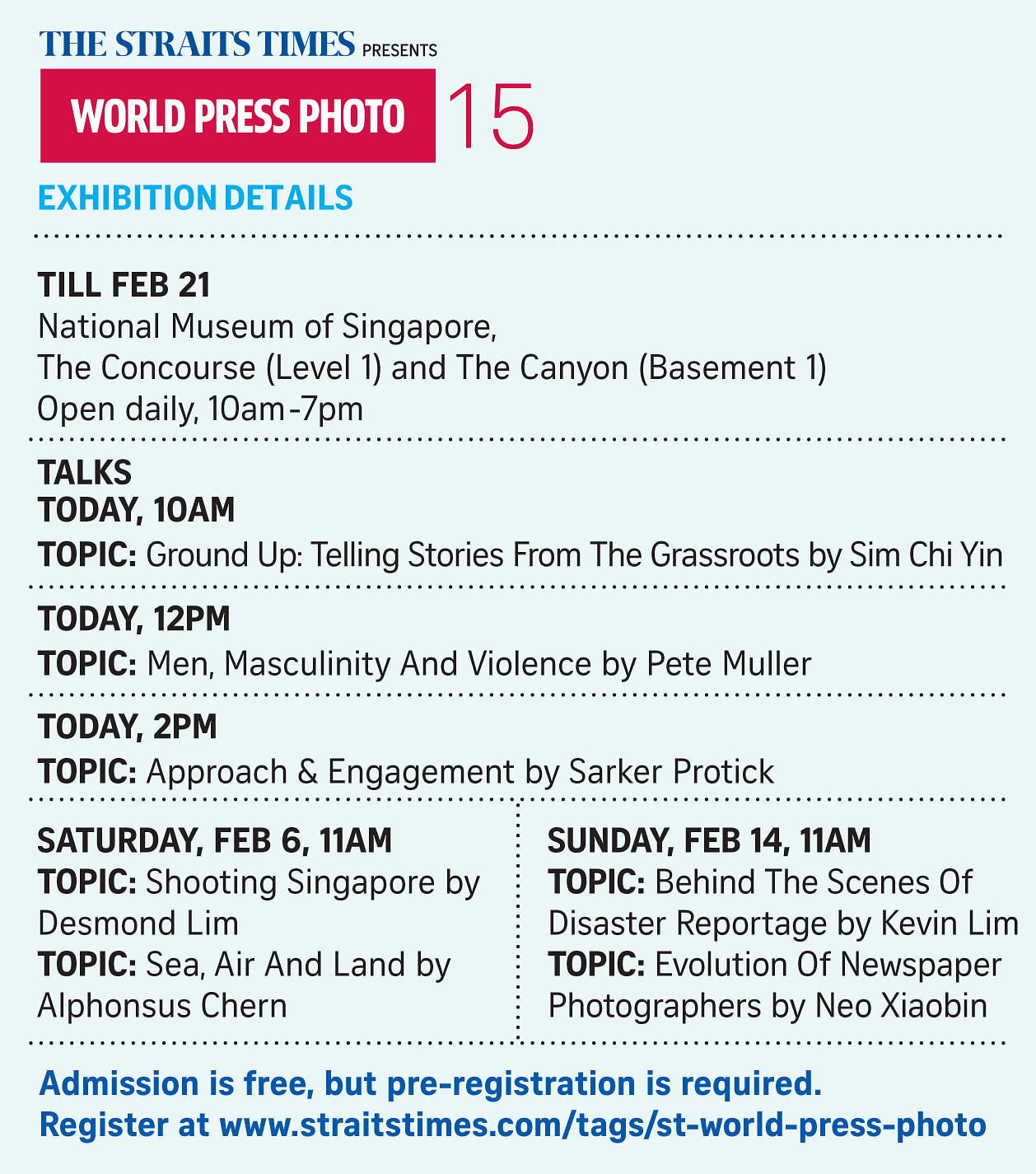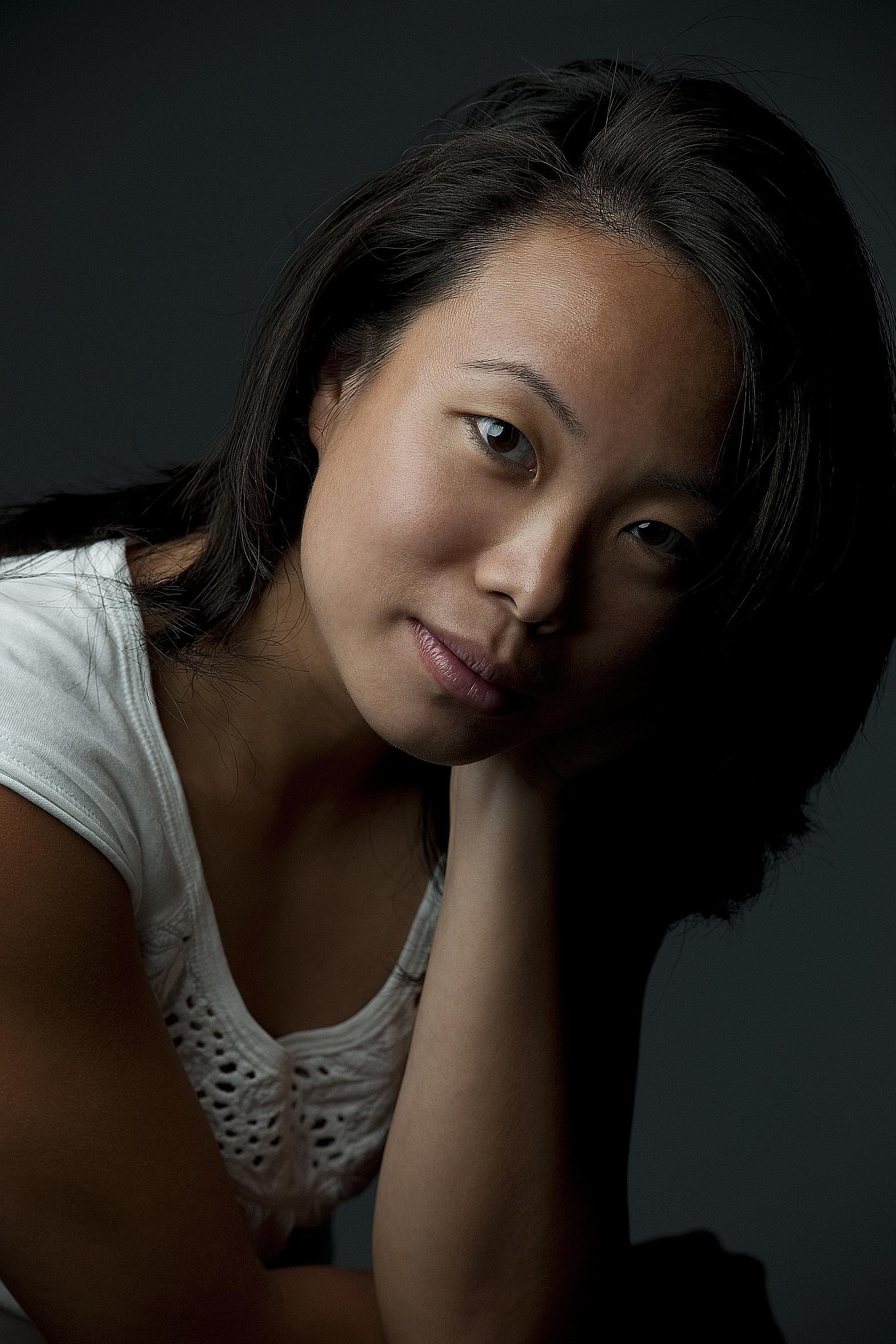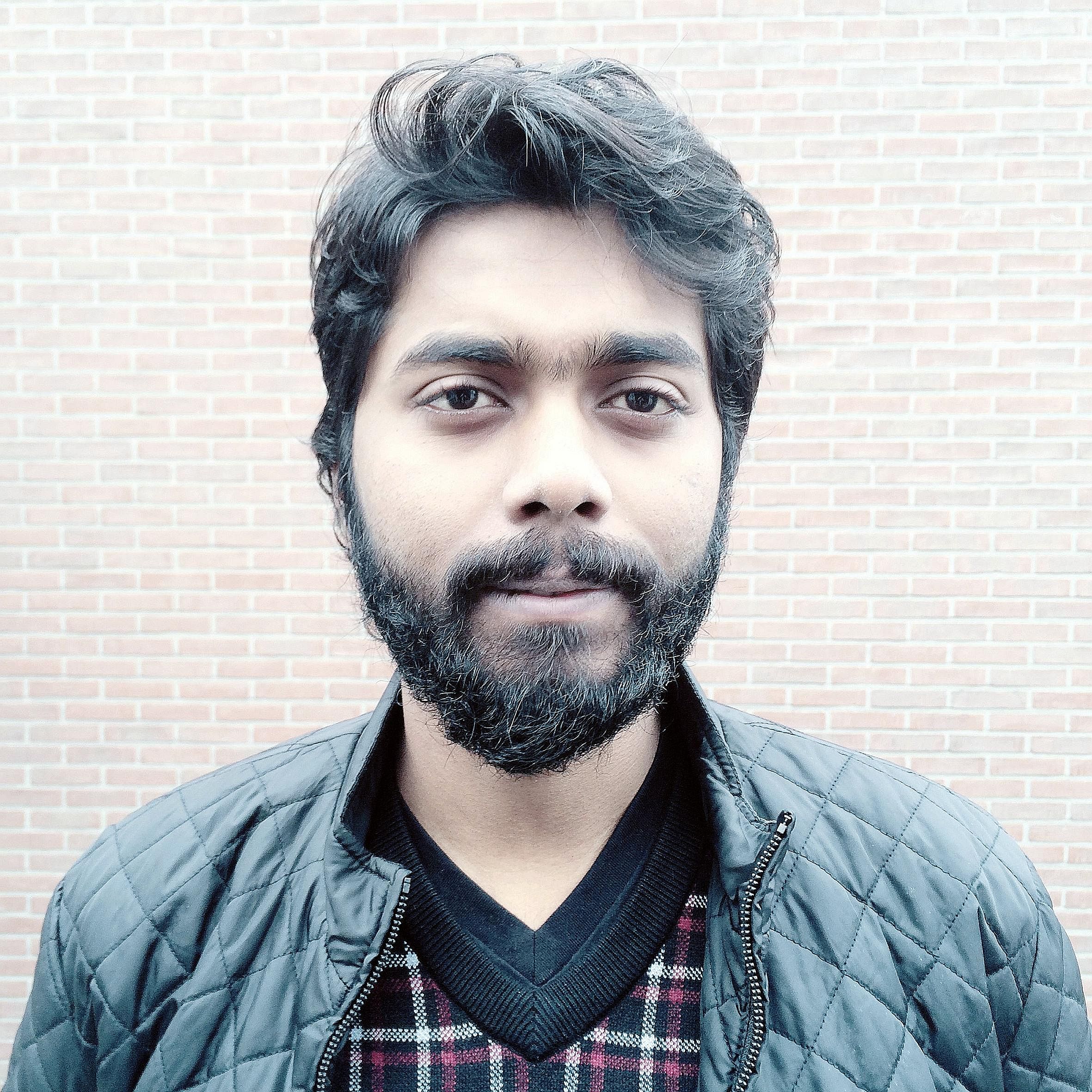Serendipity led Bangladeshi photographer Sarker Protick to start photographing his grandparents.
The 30-year-old visited the elderly couple to spend more time with them, but soon ran out of things to talk about. So he started photographing them to fill the awkward silences.
The idea for the photos may be accidental, but the quality of the photography certainly was not.
The intimate series, titled What Remains, impressed the judges of last year's World Press Photo contest and bagged Protick a second prize in the Daily Life category of the prestigious photojournalism contest.
The bachelor added another feather to his cap in June last year after he was recruited by VII photo agency - a prestigious photojournalist collective with 19 members worldwide. This was a coup for someone who started his professional career just less than four years ago after graduating from the Pathshala South Asian Media Institute.
"I'm really lucky and blessed. Many of my colleagues have been photographing for longer than I have lived," he says.
The Dhaka-based photographer now divides his time between shooting editorial commissions, personal projects and a teaching gig at his alma mater. An exhibition of What Remains is also in the pipeline, he says.
Protick photographs mostly in his home country because he feels "it's the place where the artist can relate to best". Recent projects include stories about the film industry and life along the rivers in Bangladesh.
His mother is an elementary school teacher and his late father was a businessman.
Despite his successes in photojournalism, he hesitates to call himself purely a journalist - at least not in the traditional sense. He believes the rift that exists between journalism and art should be bridged.
"A journalist can be an artist and an artist can make art about news. I don't work as a journalist and I don't work like a journalist," he says.
But photojournalism purists have come down hard on the awardwinning series of photos of his grandparents.
They feel that the photos - which have an ethereal quality and desaturated colour palette - are too processed, do not reflect reality and hence lack journalistic integrity.
Protick, however, stands by his work and explains that the tone was achieved through a longer exposure in the camera and that he did not do any heavy post-processing to the images.
For him, the colour palette is more than just an aesthetic choice - it has strong symbolism. "The walls were white and my grandmother's hair was turning white. And the colour white has a lot of relation to peace, heaven and death."
He believes that the key to staying relevant is for photographers to be exposed to different fields and media. For him, a source of inspiration is music.
Adept at various string instruments, he listens to "all kinds of music", naming Parisian avantgarde pianist Erik Satie, Estonian sacred music composer Arvo Part and British post-rock band Radiohead as his favourites.
He says: "If I'm looking only at photographs, I would be stuck and repeat myself."
Desmond Lim







